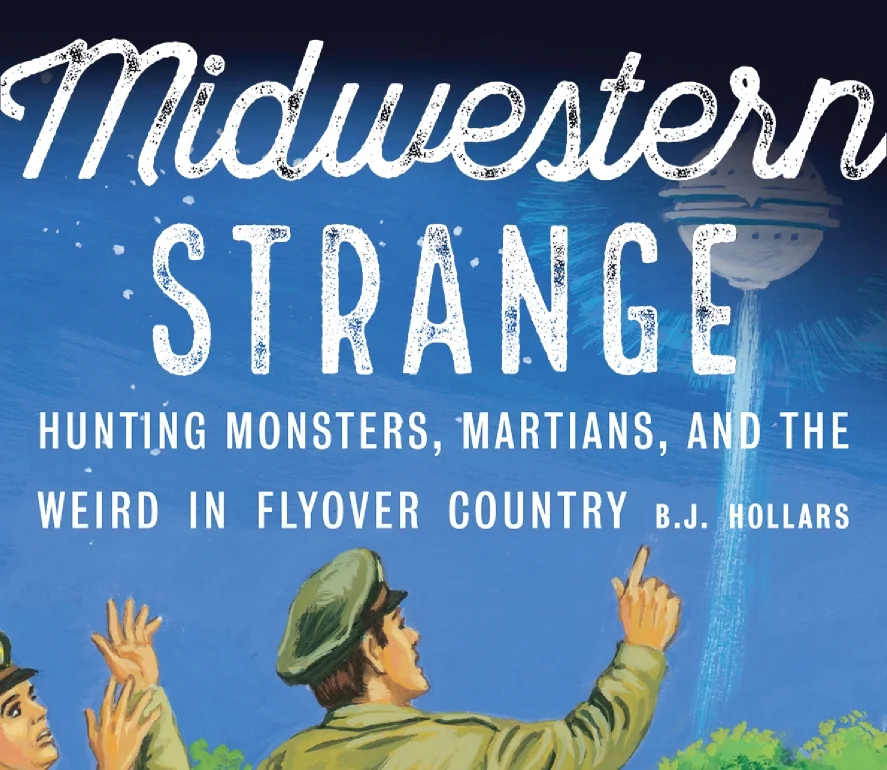Fever dreams
In the spring of 1949, a diminutive man named John G. Neihardt — barely 5 feet tall with a shock of buoyant white hair and a blue serge suit — perched himself casually on the edge of his desk at Mizzou and began performing a course he called Epic America. The lectures were based on his life’s work, a series of five “songs” or “heroic narrative poems” called A Cycle of the West, written at a pace of roughly three lines a day between the ages of 31 and 60, “designed,” he wrote, “to celebrate the great mood of courage that was developed west of the Missouri River in the nineteenth century.” With the last song several years behind him now, and the Macmillan Company promising to publish the cycle in full, Neihardt turned “with great enthusiasm” (and a long wooden pointer) toward that which he had once considered the “backwaters” of creativity: academia.
Students campuswide soon relished their encounters with the Hobbit-like bard in browline frames, an epic written in his wrinkles, in the way he carried himself, small but mighty, like the amateur boxer he once was, so many years ago. “For a poet,” his daughter Hilda would later write, “John Neihardt was unusually physical.” She claimed that, as a younger man, “he could lift his own weight — 125 pounds — over his head with one arm.” Due to his reputation as an easy grader and exceptional storyteller, his voice animated by grit and gusto, his crooked fingers galloping across the oaken desk, Neihardt’s course routinely attracted more students than the largest room in the Arts and Science Building could accommodate. In 1952, in fact, so many students were unable to enroll in Epic America that they petitioned the university to repeat it the second semester.
Before retiring in 1965, Neihardt adapted his Epic America course into a massive 29-part video series that remained popular long after his passing.
“Indeed, I do often think of the good days when we were together in Epic America and the meals we shared,” wrote Earl Thompson in a letter to Neihardt in December 1972, not long before his first novel A Garden of Sand was named a finalist for the National Book Award. Thompson, a former student, then listed three things in his life that “shaped his soul”: his grandfather, his children and “the words and way of seeing” he learned from Neihardt, “which gave shape and understanding [to that] which was before stubborn intuition and enormous lonely aches.”
In his nearly spiritual admiration, Thompson — whose often-explicit work couldn’t have been more different from his mentor’s — was hardly alone, especially amongst former students and would-be writers. Neihardt continued teaching Epic America at Mizzou for the next 16 years, but those who encountered the new poet-in-residence upon his arrival at the university had little idea where he had been or where he was soon to go. Few knew of the Pulitzer whispers or his crusade against modernist poetry, of his career as a literary critic or his bent toward the mystical, of the fever dream that sparked his “cosmic awareness” or his friendship with Black Elk, a Lakota holy man whose “great vision” he broadcast around the world. In the beginning, few of them knew what fueled his “words and way of seeing” or from what ancient stardust this Midwestern mahatma must surely have risen.
“Here is a man greater than his works,” wrote M. Slade Kendrick, a friend and economics professor at Cornell University, in 1971. “ … To know him is to forget his short stature and to see that he is truly a moral and spiritual giant.”





